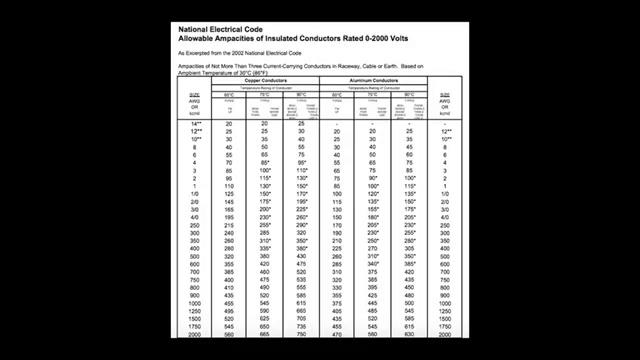Transcript:
[0m:0s] Hi I'm Josh Bloom, welcome to another video in the RSP Supply education series. If you find that these videos are helpful to you, it certainly helps us out if you could give us a big thumbs up and subscribe to our channel.
[0m:17s] In today's video, we are going to be talking about a concept that is very important in the electrical world. So much so that the NEC has very strict guidelines and rules about this specific topic.
[0m:30s] I am referring to the amperage capacity of electrical conductors.
[0m:34s] This capacity is often referred to as “ampacity” for short.
[0m:39s] Ampacity is something that should be considered in every single electrical scenario.
[0m:44s] It is critical to not only the safety, but also the proper function of any electrical circuit.
[0m:50s] When talking about how much current a wire can safely carry, it can become more confusing when those wires are part of a larger system with multiple breakers and fuses,
[1m:1s] and those breakers or fuses can either step up or step down the potential current load of the electrical circuit or system as a whole. Today we will talk about some basic ampacity principles and ratings.
[1m:14s] We will also discuss scenarios we might need to change wire sizes based on the potential load we might encounter.
[1m:23s] We hope that by the end of this video, you will have a better understanding of current ratings in electrical conductors and other electrical components.
[1m:32s] We also hope to provide you with information that might help determine when to make different hardware choices based off of the various current levels you might encounter. To clarify, ampacity is defined as the maximum current in amperes that a conductor can carry continuously under the conditions of use without exceeding its temperature rating. This means that a conductor is rated to operate within a specific range. If current levels exceed that range, the conductor can overheat and fail. This failure can cause all kinds of problems such as safety hazards like fires, it can also create operational shutdowns and possibly cause other pieces of hardware to fail, which can be very expensive.
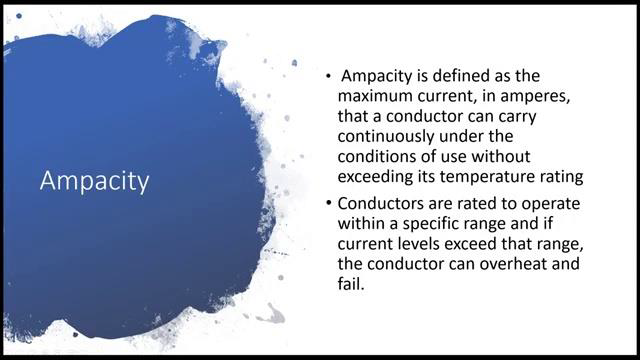


[2m:19s] In order to avoid these types of failures, it is important to have a solid understanding of what the ampacity rating of electrical conductors actually are.
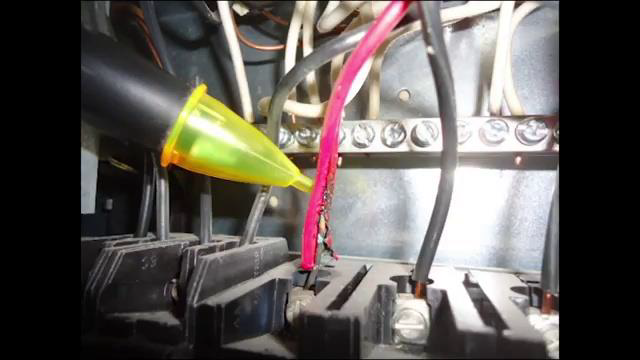
[2m:29s] For example, if you are wiring an electrical circuit that can potentially have 15 amps passing through it, you need to make sure that the wire that is being used has an ampacity rating of at least 15 amps.
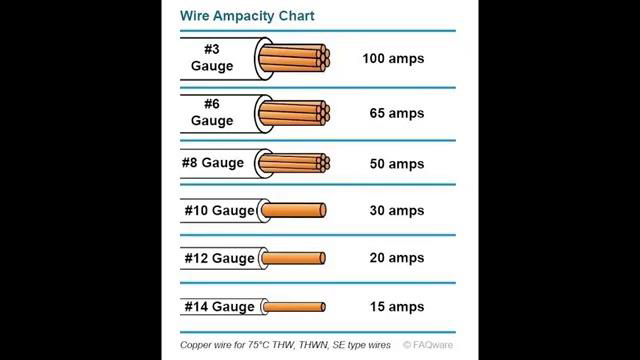
[2m:44s] Generally speaking 14 gauge wire would be suitable for this specific scenario.
[2m:49s] However, there are factors that can affect the overall capacity of a conductor
[2m:54s] which should also be considered.
[2m:56s] Factors such as stranded wire versus solid wire, or THHN wire versus MTW wire.
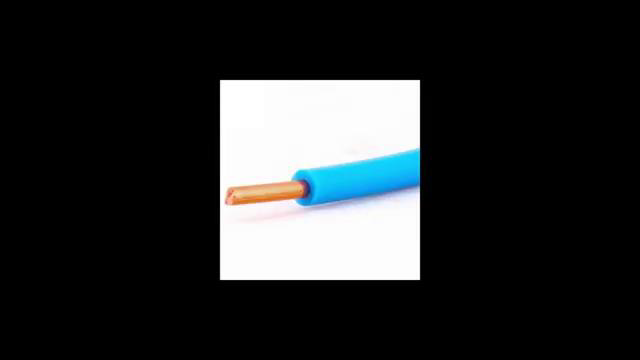
[3m:2s] These different types of wires have the same wire size,
[3m:6s] but they also might have different ampacity ratings. So, make sure to pay attention to the wire that you are using and never make assumptions about the current rating of that specific conductor. Always check the manufacturer's specifications to make sure you know what the correct ampacity rating is. One easy way to know what the ampacity rating for the wire should be is to know the current rating of the protection device that is being used for that specific circuit.
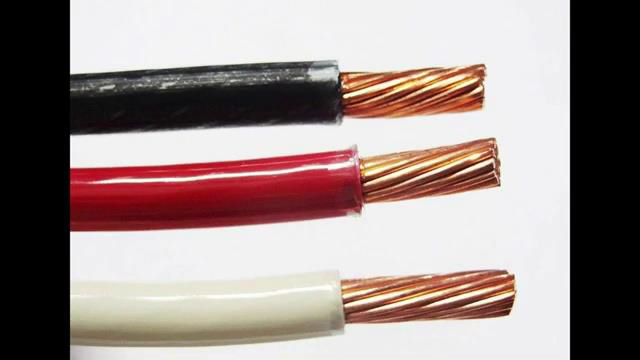
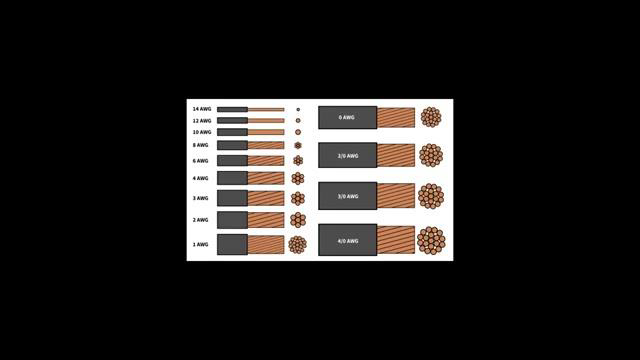
[3m:34s] For example,
[3m:36s] if you are wiring a circuit downstream of a 20 AMP circuit breaker,
[3m:41s] you know that the breaker will only trip if the current exceeds 20 amps.

[3m:46s] So, it is possible for that circuit to carry up to 20 amps of current for a prolonged period of time. In this case, it is critical that the wire being used has an ampacity rating of at least 20 amps.
[4m:0s] It is however acceptable to use larger wire with a higher level of ampacity, in many cases.
[4m:7s] But under no circumstances, should you use wire with an ampacity rating of less than the protection level device on that circuit. It is also important to understand that the wiring upstream of any given protection device, like a fuse or circuit breaker, might have a different capacity rating. For example, you might have a conductor terminated to the line side of a ten amp breaker that has a current rating of 20 amps.
[4m:33s] The load side of that breaker would then only need to have a current rating of 10 amps,
[4m:39s] since it is downstream of that breaker.
[4m:42s] So the conductor ampacity rating is based on the protection device that is upstream, or on the load side of the device.
[4m:50s] If you encounter a scenario where you are uncertain of the current rating of the protection device, never make assumptions. Stop. Verify before any wiring is done. If time is taken to follow these simple principles and care is taken when wiring, you will ensure that your electrical circuit functions as expected, while avoiding any potential safety hazards down the road. For a full line of electrical wire and thousands of other products, please go to our website. For more information or other educational videos, go to RSPSupply.com, the Internet’s top source for industrial hardware. Also, don't forget: like and subscribe.
